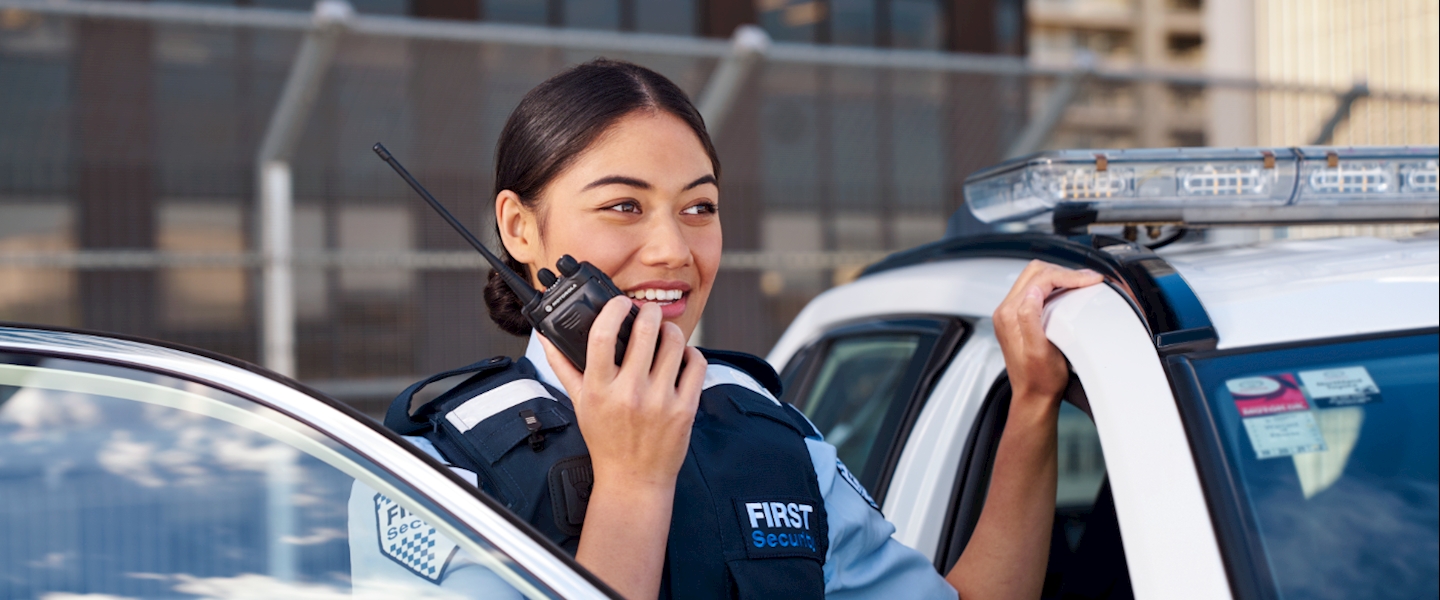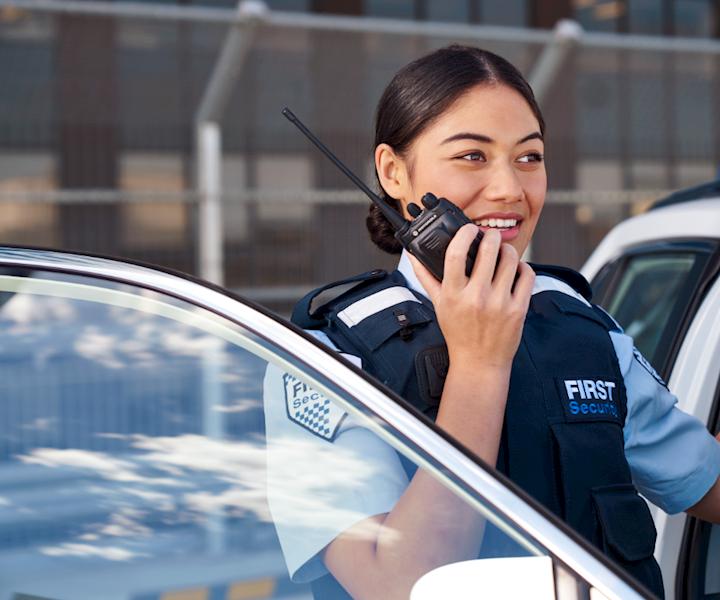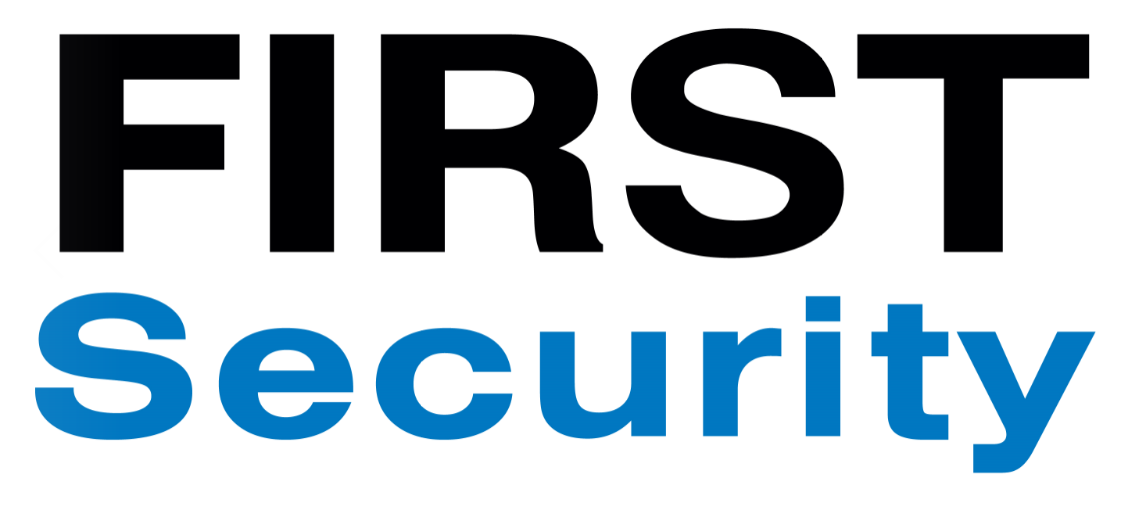Getting the health and safety of security officers right: Good practice guidelines


The New Zealand Security Association’s (NZSA) Security Services in New Zealand: Good Practice Guidelines is an important document for those involved in the deployment of security guards and patrols, writes FIRST Security’s Health, Safety & Environment Advisor, Chris Naya.
In May 2021, New Zealand’s peak private security industry association, the NZSA, partnered with E tū, WorkSafe New Zealand (WorkSafe) and others associated with the security industry to publish Security Services in New Zealand: Good Practice Guidelines. It’s a document I recommend to you highly.
The Guidelines were literally years in the making, the result of the NZSA taking on the challenge of closing gaping gaps in health and safety awareness within the security industry following the death of security officer Charanpreet Singh Dhaliwal in November 2011.
Mr Dhaliwal was mortally wounded in an attack by four offenders at a construction site on his first night of employment for the now defunct security company CNE Security. He had not received adequate training, nor were adequate communication and welfare checking arrangements in place.
That incident, and others subsequently, highlighted for the NZSA the need for a set of good practice guidelines to help manpower security service providers to better manage the health and safety of their workers.
What the Guidelines cover
As the Introduction to the Guidelines points out, the document is intended as guidance to help security guarding and patrol providers to “manage key risks within the guarding industry,” and to help them achieve ‘bottom line’ compliance with the Health and Safety at Work Act 2015 (HSWA) and associated regulations.
The guidelines provide a framework for security providers to establish, implement, operate, monitor, review, maintain and improve the safety management of their products and services. The importance of the Guidelines here is that they place health and safety requirements within the specific context of the provision of guarding and patrol services.
It’s important to note that the document’s scope covers only ‘property security guards’ and ‘mobile security patrols’ (including alarm response, regulatory enforcement, lock-ups and bed downs, and other patrols), and not cash in transit, hospital security, or alarm monitoring operations.
Broadly speaking, the document clarifies:
- the role of the security guard and any legal authority they have;
- minimum training for guards before deploying them to work on site;
- appropriate guard training for the particular service provided;
- risk assessment of customer requirements before deploying guards;
- operational risk assessment that guards conduct while they are deployed;
- recommendations on appropriate security controls to manage the risks that guards face;
- industry minimum standards and good practice for guards and security companies to refer to.
Inside the guidelines
At 110 pages, the Guidelines are detailed enough to provide meaningful, useful, and practical information delivered in easy-to-understand plain English. A further 110 pages of relevant supporting information is included in appendices.
In addition to the Introduction, the document is divided into several chapters, which I tend to think of as falling into three distinct sections:
1: Health and Safety principles and regulations
This section includes the chapters ‘General Health and Safety Principles’ and ‘Legal issues: Health and Safety at Work Act 2015’.
The first of these chapters covers health and safety principles that apply generally to organisations in New Zealand, including leadership, governance, employment standards, health and safety management, worker engagement, managing uncertainty, cultural change and communication, accountability and continual improvement.
Following this, the chapter focussing on the HSWA discusses roles and responsibilities under the Act, hazard identification and risk management, and HSWA training. Although there is no substitute for understanding this legislation in detail, this chapter provides clear and practical insights.
2: Guidelines
This section includes the chapters covering guidelines for (i) security companies, (ii) mobile security patrol guards, (iii) crowd controllers, and (iv) events, venues and other crowded places. It’s here where the rubber really hits the road.
Each of these chapters follow a similar structure, and include sections on topics such as licence to operate, powers of arrest, the purposes of guarding and patrols (risk management, staff recruitment and training, site safety, remote work, managing fitness to work, working conditions, subcontracting, uniforms, etc.
Some standout features within these chapters are:
- Risk management frameworks for identifying and addressing specific workplace risks, including information on site risk assessments, escalation plans, welfare checks, PPE and remote working arrangements.
- The use of powerful mnemonics, such as ‘DETECT, DETER, OBSERVE, REPORT’ for understanding the role of a security officer; ‘STOP, LOOK, LISTEN’ for internal and external site checks; and ‘ESCAPE, HIDE, TELL, OBSERVE, ASSIST’ in the case of an offender on site.
- Information of powers of arrest, powers of trespass, and power to search, including guidance on consent, bag search, wanding, visual/pocket checks, and pat-down checks.
- References to the NZ Police’s Protecting our Crowded Places from Attack: Self-Assessment Tool, which is designed to assist event organisers and venue managers in understanding possible threats and vulnerabilities, and in determining good practice measures commensurate to the risks.
3: Training and PSR
This section includes the chapters ‘Guidelines for Training’ and ‘Protective Security Requirements (PSR)’.
In many ways, the Guidelines saves the best for last, because training is so critical to the issue of health and safety, and because the Government’s Protective Security Requirements (PSR) provides such an excellent government-endorsed framework for understanding protective security within an organisation, including workplace health and safety.
What’s next...
Next in our series on health and safety in security, we explore in more detail the safety issues associated with mobile patrols, so keep an eye out on LinkedIn and the FIRST Security blog page.
If you’d like to have a discussion about how to keep your people safe, feel free to contact Christopher.naya@firstsecurity.co.nz

